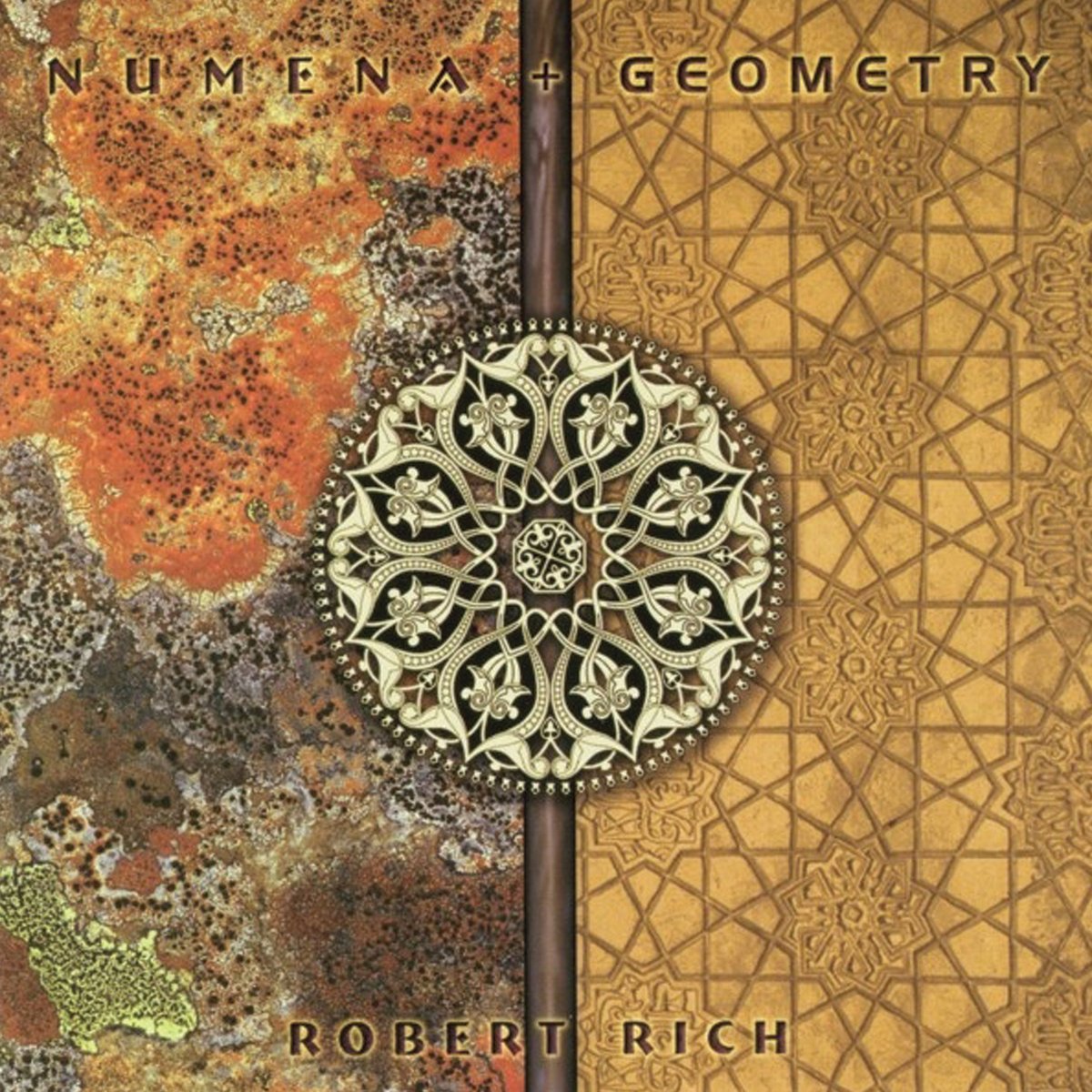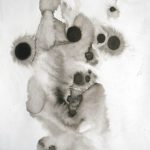Track List
The Other Side of Twilight 25:04
Moss Dance 5:40
Numen 11:51
The Walled Garden 10:31
Primes Part 1 5:18
Primes Part 2 6:34
Interlocking Circles 8:33
Geometry of the Skies 13:46
Nesting Ground 6:11
Geomancy 10:19
Amrita (Water of Life) 6:59
Logos 9:56
Numena/Geometry
I completed Numena and Geometry during a time of change and solidification in my life and in my musical style. Musically, these albums marked my transition from the slow-motion improvisational drones typical of my sleep concerts, into a more melodic and rhythmically complex approach. I was beginning to focus more on microtonal tuning systems, and I wanted to explore new musical structures that complimented the intonation, without seeming academic or purely intellectual. I had also come to feel that my earlier drone music required a specialized mode of listening, and I wanted to start making music that people could understand on more levels, while still retaining an element of hypnotic energy. I also gave myself permission to reflect the influences of some of the music that had inspired me: in particular, Terry Riley, Harry Partch, J.S. Bach and Javanese Court Gamelan.
There is a tension that lives inside of me and always manages to percolate through my music. Perhaps this tension reflects the archetypal Jungian dichotomy of masculine and feminine, or Taoist Yin and Yang, but I prefer to call it “shimmer” and “glurp.” Shimmer symbolizes a sort of organizing principle hidden behind appearances, and seems to manifest itself sonically in the more expansive, symmetrical, and airy musical structures. Glurp reflects the organic manifestations of liquid, squelching lifeforms, the experience of animal existence, and creeps into the music as a sort of gurgling, rubbery sensibility, with timbres that melt and droop like Dali’s watches.
On Numena and Geometry, I began to consciously explore this sonic duality. I allowed the dichotomy to show itself in high contrast, through the juxtaposing of two very different stylistic realms. On one hand, the interlocking cyclic melodies and exuberant optimism of the more active pieces evoked for me a spirit of unity and hidden structure; on the other hand, the inward exploration of shadows and dripping subterranean dreamscapes expressed my obsession with biomorphic complexity. (It’s not always so simply delineated – Moss Dance and Geomancy explore the rhythmic side of a ritualized organic dimension, while Geometry of the Skies, Amrita, and The Walled Garden reflect an expansive cosmos through layered drones.) Of course, as with any music, the listener’s own experiences may differ quite a bit from mine.
In retrospect, I could criticize this approach for leading to albums that have a split personality, with wild mood swings from synthetic to organic, outer to inner, light to dark. However, at the time I preferred not to resolve the duality. I had hoped to craft a journey through purified realms of experience, intending to leave a residue of understanding, an internal unification of these two realms. This tension between symmetric and organic hopefully created a sort of question, to be resolved through active listening and though the creative involvement of the listener.
Robert Rich, 1997





You must be logged in to post a comment.